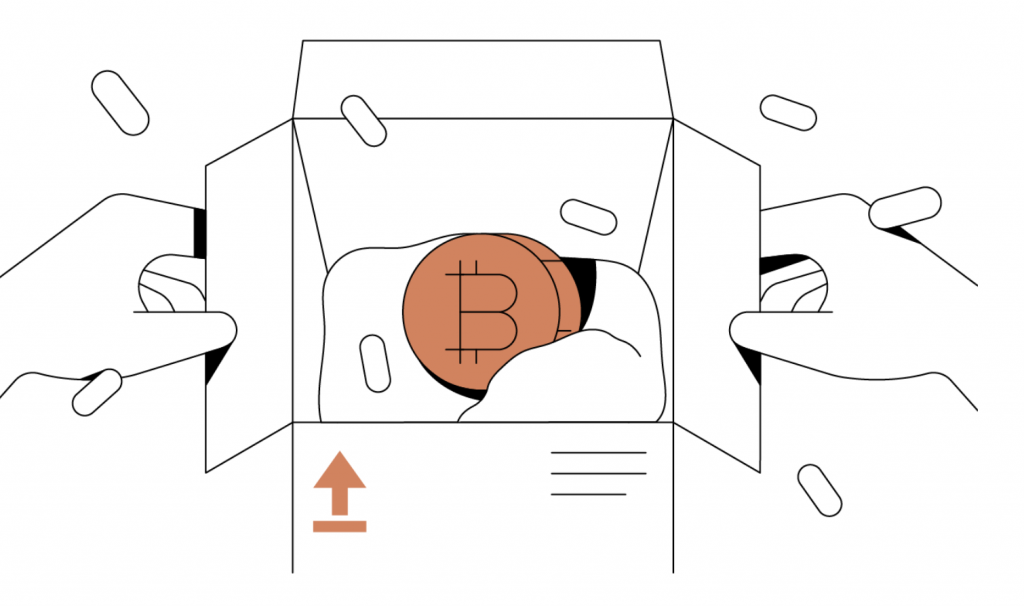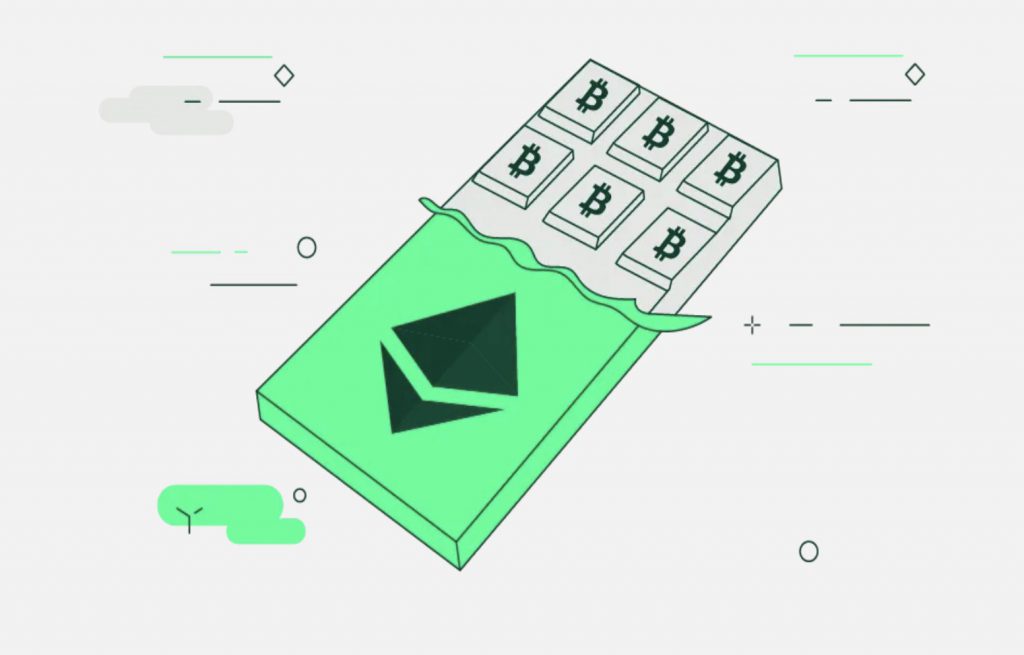101: A Beginner’s Guide to Wrapped Bitcoin and Its Advantages
Cryptocurrency has revolutionized the way we think about traditional finance. Bitcoin, in particular, has been at the forefront of this revolution, acting as the prototype for other cryptocurrencies.
However, as more and more people get involved in the cryptocurrency ecosystem, it becomes apparent that there are still some limitations. For instance, Bitcoin is not compatible with the Ethereum network.
Enter Wrapped Bitcoin (WBTC), a solution that promises to bridge the gap between Bitcoin and Ethereum. In this article, we will explore what WBTC is, its advantages, and how it works.


What is wrapped bitcoin (WBTC)?
Wrapped Bitcoin is a type of token that is backed by Bitcoin. It is an ERC-20 token that is pegged to the value of Bitcoin in a 1:1 ratio.
In other words, for every WBTC token created, an equivalent amount of Bitcoin is stored in reserve.
WBTC tokens can be used on the Ethereum network and are compatible with all Ethereum-based applications, including decentralized exchanges (DEXs), lending platforms, and other DeFi applications.
What does “wrapped Bitcoin” mean?
To understand what “wrapped bitcoin” means, it is important to understand the concept of “wrapping.” Wrapping is a process where one cryptocurrency is “wrapped” in another blockchain or token.
In the case of WBTC, Bitcoin is wrapped in an ERC-20 token, making it compatible with the Ethereum network.
WBTC is a way of bringing the liquidity of Bitcoin to the Ethereum network, allowing Bitcoin holders to access DeFi applications.
The difference between BTC and WBTC
The main difference between BTC and WBTC is that BTC is native to the Bitcoin blockchain, while WBTC is an ERC-20 token on the Ethereum network.


BTC has limited compatibility with other blockchains, while WBTC can be used on any Ethereum-based application.
WBTC is backed by Bitcoin, meaning that for every WBTC token created, there is an equivalent amount of Bitcoin stored in reserve.
The need for wrapped bitcoin (WBTC)
The need for WBTC arose from the limitations of Bitcoin. Bitcoin is limited in its compatibility with other blockchains and incompatible with the Ethereum network.
This means that Bitcoin holders cannot access the many DeFi applications available on the Ethereum network. WBTC serves as a bridge between Bitcoin and Ethereum, allowing Bitcoin holders to access these applications.
How was WBTC created?
The process of minting WBTC involves several steps. First, a user sends BTC to a WBTC merchant. The merchant then verifies the transaction and sends the equivalent amount of WBTC tokens to the user’s Ethereum address.
The BTC is held in reserve by a custodian responsible for maintaining the 1:1 ratio between BTC and WBTC. The custodian is audited regularly to ensure that the reserve is accurate.
WBTC and its Relationship to Bitcoin and Ethereum
WBTC is closely related to both Bitcoin and Ethereum. It is backed by Bitcoin, meaning that for every WBTC token created, there is an equivalent amount of Bitcoin stored in reserve.
WBTC is also an ERC-20 token on the Ethereum network, which means that it can be used on any Ethereum-based application. This makes it a versatile asset that combines the liquidity of Bitcoin with the compatibility of Ethereum.
Smart contracts and WBTC
Smart contracts play a crucial role in the creation and management of WBTC.
When a user sends BTC to a WBTC merchant, a smart contract is created that verifies the transaction and mints the equivalent amount of WBTC tokens.
The smart contract also ensures that a custodian holds the BTC in reserve and maintains the 1:1 ratio between BTC and WBTC. Smart contracts also enable the seamless transfer of WBTC tokens between users.
Digital assets and WBTC
WBTC is not the only token that is backed by digital assets. Many other tokens are backed by a variety of assets, including gold, silver, and other cryptocurrencies.
However, WBTC is unique in its compatibility with the Ethereum network. This makes it a valuable asset for users who want to access DeFi applications on the Ethereum network but still hold Bitcoin.
Conclusion: What is wrapped bitcoin (WBTC)?
Wrapped Bitcoin is a valuable addition to the cryptocurrency ecosystem.
It bridges Bitcoin and Ethereum, allowing Bitcoin holders to access DeFi applications on the Ethereum network. WBTC is backed by Bitcoin, which means that it has the liquidity of Bitcoin while being compatible with the Ethereum network.
Smart contracts play a crucial role in creating and managing WBTC, ensuring that the 1:1 ratio between BTC and WBTC is maintained.
WBTC will likely play an increasingly important role as the cryptocurrency ecosystem continues to evolve.





